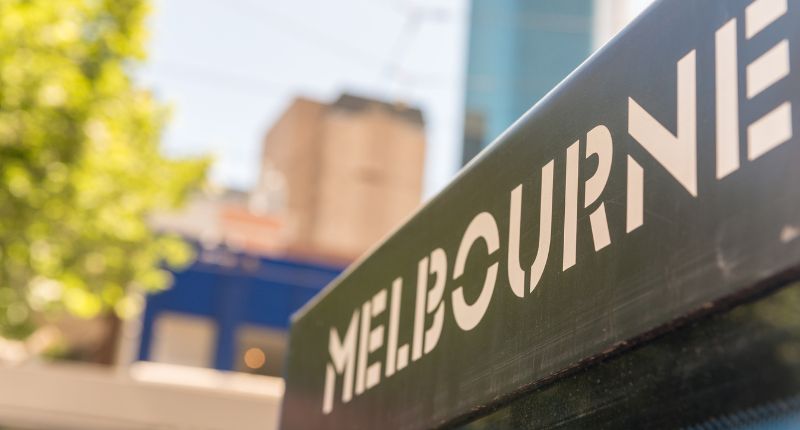
- Melbourne's commercial real estate resilient in 2023 despite challenges.
- Active leasing market in Melbourne West, driven by structural advantages and development activity.
- Melbourne's office leasing woes exagerrated, while retail has weathered the worst of COVID-19.
2023 was a challenging year for much of Melbourne’s residential and commercial property markets. Private investors have left the residential market en masse, displeased with rising taxes and landlord-unfriendly policies.
The flight-to-quality trend dominated the office sector, with tenants flocking to high-grade buildings at the expense of their secondary counterparts.
Retail endured several hurdles dating back to the pandemic, with the rise in e-commerce seeing brick-and-mortar retailing fall in popularity.
Nevertheless, experts from Cushman & Wakefield have argued that, rather than being a year of setbacks, 2023 was a year of resilience for Melbourne’s commercial properties.
Home to one of the most active leasing markets
Cushman & Wakefield’s director and head of industrial sales and leasing in Victoria, David Norman, noted that Melbourne West had one of the most active leasing markets nationwide.
Buoyed by structural tailwinds, abundant land, and easy access to the Port of Melbourne and arterial roads, this trend will likely continue into 2024, owing to the area’s healthy levels of pre-commitment and speculative development activity.
“The active development market will likely place some upward pressure on vacancy rates; however, Melbourne’s West is coming off a low base at 1.6%, and current occupier requirements total in excess of 315,000 square metres (sqm), which will ensure vacancy rates remain well below historical averages,” Norman said.
Melbourne’s office woes have been overblown
Cushman & Wakefield’s national director and joint head of department of office Leasing in Victoria, Chas Keogh, said that Melbourne’s office leasing sector struggles have been exaggerated, noting how the capital city has reached over 1 million sqm of occupied premium stock for the first time.
“There are two pivotal truths set to unfold in 2024. Firstly, the essence of transactions lies in fitted spaces, with 85% of all deals concluded by Cushman & Wakefield being for fitted space (circa 150 by year-end), including both spec and existing fit-outs. If it isn’t sky rise A or premium grade, that percentage will be above 90%,” he said.
“Secondly, the divergent nature of the market means assets, where owners are investing, are delivering results, those that aren’t committing capital to meet the needs of occupiers are struggling to secure new tenants and retain existing ones.”
Retail leasing demonstrates stability amid an economic slowdown
Cushman & Wakefield director of retail leasing, Michael DiCarlo, stated that his team weathered the obstacles arising from the pandemic, with rents and incentives holding steady over the past year despite the economic slump.
Although he conceded that general merchandise retailing has plummeted, he highlighted how the hospitality sector has capitalised on the growth in pedestrian footfall.
“A notable resurgence is observed along Swanston Street, attributed to the completion of the new Underground rail, scheduled to open next year. The improved infrastructure promises to inject vitality into the area, creating new opportunities for retailers and enhancing the overall urban experience,” he said.
“In response to the evolving dynamics of the city, Melbourne’s cafés and restaurants have adapted their trading patterns.
“The period between 2019 and 2022 witnessed a shift, with a higher percentage of businesses opting to open on weekends, prominently on Sundays. Conversely, fewer establishments have chosen to operate on Mondays and Tuesdays. Notably, Tuesday has emerged as a key trading day, catering to the commuting crowd in 2023.”
Dicarlo affirmed that Melbourne’s retail sector had a bright future ahead.
“As we navigate the evolving landscape, we see resilience and adaptability within the retail sector. The completion of the new underground rail and changing trading patterns reflect the dynamic nature of Melbourne’s CBD, and we are excited to contribute to the continued growth and success of the retail community.”
Michael DiCarlo, Cushman & Wakefield




